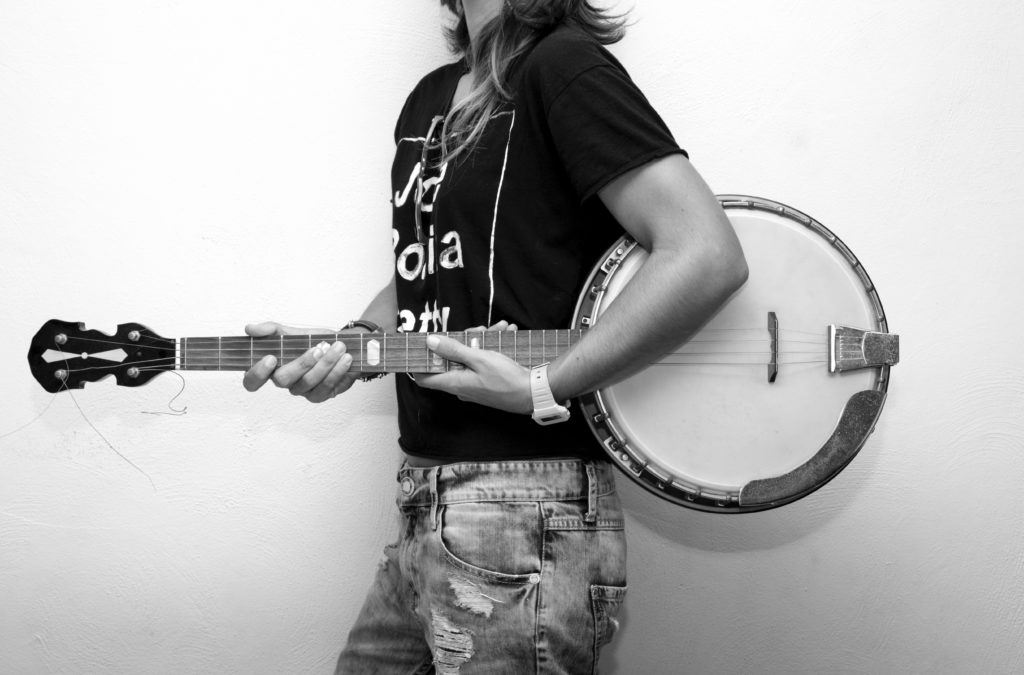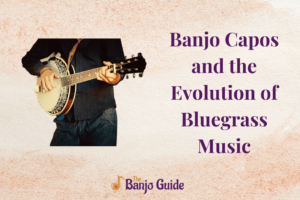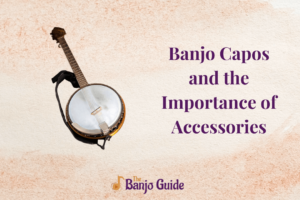There are many types of banjos available in the Market. So you will get to know about all the different types of banjos by reading this article. People having a fascination with music and know the importance of the banjo as a musical instrument. It is the only existing American instrument. A guitarist is also curious about knowing banjos and their uses. Banjos are very popular these days this is so because of their versatility and availability for each music type whether it is classical, traditional, pop, or any other music you can find the best banjo for each type in the market. So read further to get to know about each and everything related to this amazing instrument.
All types of banjos

There are numerous types of banjos; they are defined and differentiated by many different criteria. Two main types of banjos are resonators and Open-back banjos. Resonators have an enclosed soundbox and open-back banjos lack this property. Earlier, all the banjos were open back. These kinds of banjos provide a soft and mellow tone. Its sound projects from the rear of this instrument. On the other hand, resonator banjos produce a loud sound rather than open-back banjos. In short, you can call open-back banjos traditional banjos and resonator banjos modern banjos. Although, open-back or traditional banjos are still the most common types of banjos.
Other than these two main types of banjos there are many other different kinds of banjos to know about. Banjos are also classified based on the number of strings present whether it is 4 or 5. They are classified as 4-string banjos and 5-string banjos; these two types are further classified into different types of banjos. One more criterion to classify the banjos is the crown height whether it is low, medium, or high. The other types of banjos available in the market are as follows:
- Acoustic-Electric banjos
- Electric banjos
- 6 strings banjos
- Ukulele banjos
Types of 4-string banjos
4-string banjos are further classified into two types. Before proceeding further in detail about these two types of 4-string banjos. Let’s know what these 4 string banjos are. These banjos were invented in the late 19th century. Some people when they realized the emergence of jazz touch in the music also concluded that the 5th string of a 5-string banjo is of no use. So they started removing the fifth string. Later the manufacturing of 4-string banjos started and they became popular among the people.
The two types of 4-string banjos are plectrum banjos and Irish tenor banjos. Talking about plectrum banjos in detail. These banjos are the earliest 5-string banjos; they lack the typical drone string; which is the reason why they are kept under the category of 4-string banjos. This is a typical jazz banjo that provides a rhythmic tune. It serves as a delight to the ears of the listeners. Plectrum banjos have a longer neck as compared to Irish tenor banjos.
Talking in deep about the Irish tenor banjos. The Irish tenor banjos are named after the tenor mandola. This is an American instrument that gained popularity in Ireland. Its tune and accommodation are the same as traditional classical music. It produces a soothing and elegant rhythm. The instrument is recommended to curious guitarists. This type of 4 string4-string banjos exists in two versions namely the 17 frets and 19 frets.
The 17 frets version has the same tuning and fingering as the mandolin and violins. It makes the banjo easier for the user to play. On the other hand, the 19 frets version is preferred by many musicians. This is so because this version allows for greater string tension and a lighter gauge. This feature is amazing.
These are the 3 most popular tunings of these types of banjos. Namely, CDGA, GDAE, and DGBE. CDGA tuning is the standard tenor tuning. The tuning is the same as the viola and it uses the intervals of the fifth. Secondly, the GDAE running is referred to as ‘ Irish tenor tuning’. This type of tuning is a low-pitched tuning. The tuning is the same as the violin and we can call this tuning the best Irish tuning. The last tuning that is the DGBE tuning is the easiest tuning of all other tunings.
Types of Mandolin banjos

Mandolin banjos are the descendants of the lute family. The classical mandolin banjos are popular these days. These types of banjos were first developed in a city named Naples that is present in Italy. These mandolin banjos were discovered in the 18th century and gained popularity in the late 19th century. After this, the manufacturing of different types of modern mandolin banjos came into existence. There are two main types of mandolin banjos. Namely, the classical mandolin banjos and bluegrass mandolin banjos. These types are further classified based on the shape, style, and type of sound they produce. The bluegrass mandolin banjos are further classified into a-style and f-style banjos.
Types of 5-string banjos
The 5-string banjos are also classified the same as the 4-string banjos namely, resonator 5-string banjos and open-back 5-string banjos. The resonator 5-string banjos are mostly used to play American bluegrass music. This is a 22-fret banjo that is fitted with a resonator. If you need a professional 5-string banjo you can go for the Deering range of banjos. They provide a tune mixed with a traditional touch and are best for professional purposes.
FAQ
1. How many different types of banjos are there?
There are many different types of banjos available in the market. There are mainly two types of banjos: resonator banjos and open-back banjos. However, these types of banjos are divided into different types based on the number of strings, crown height, body structure, and many more. Some other types of banjos are Acoustic-Electric banjos, Electric banjos, Ukulele banjos, and mandolin banjos.

I own a music instruments shop. My go to instrument is a banjo. My business makes it easier for me to access the instruments from various brands and of various types. I will give my honest opinion here to help out others in choosing the right instrument for them.



